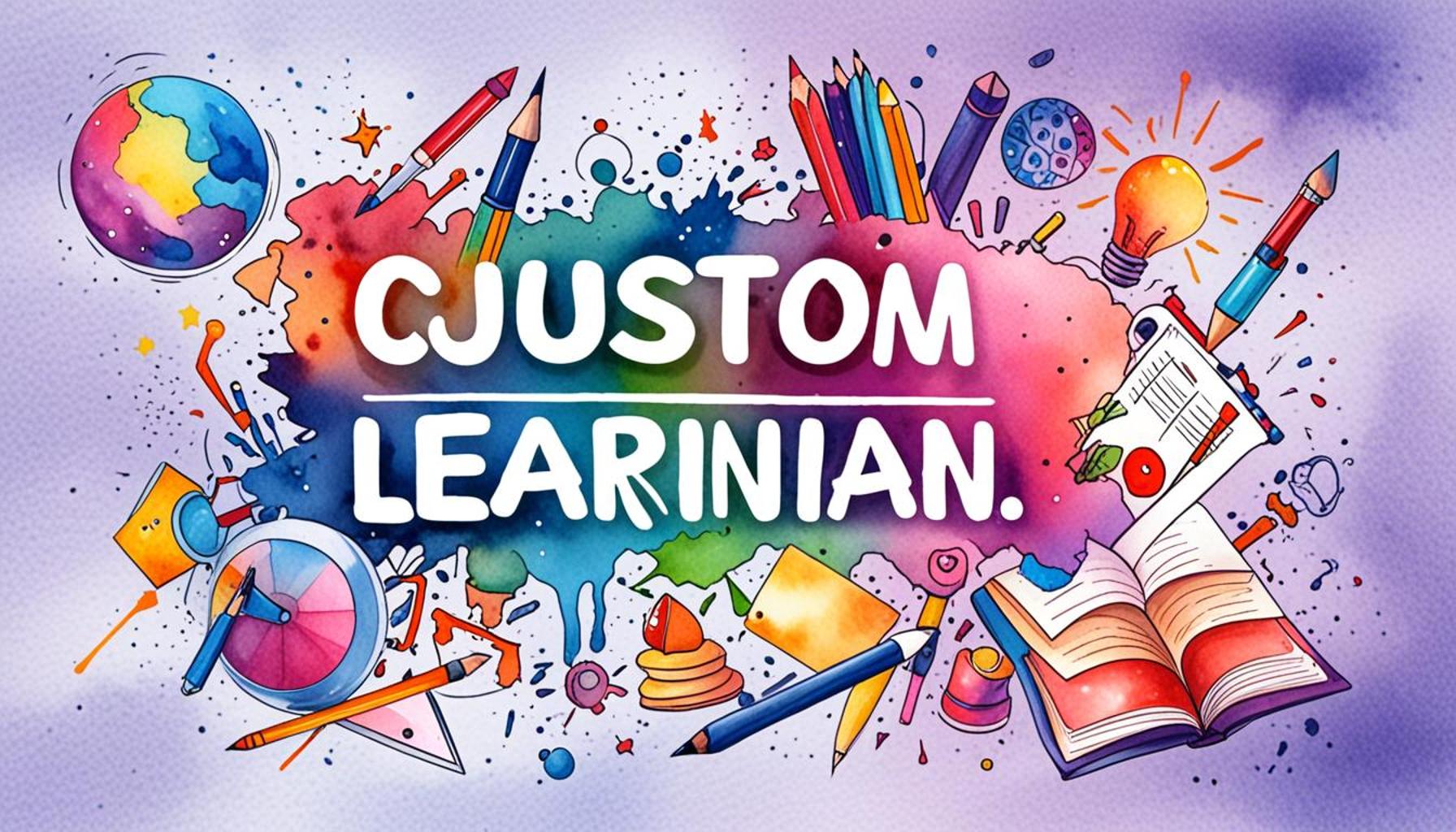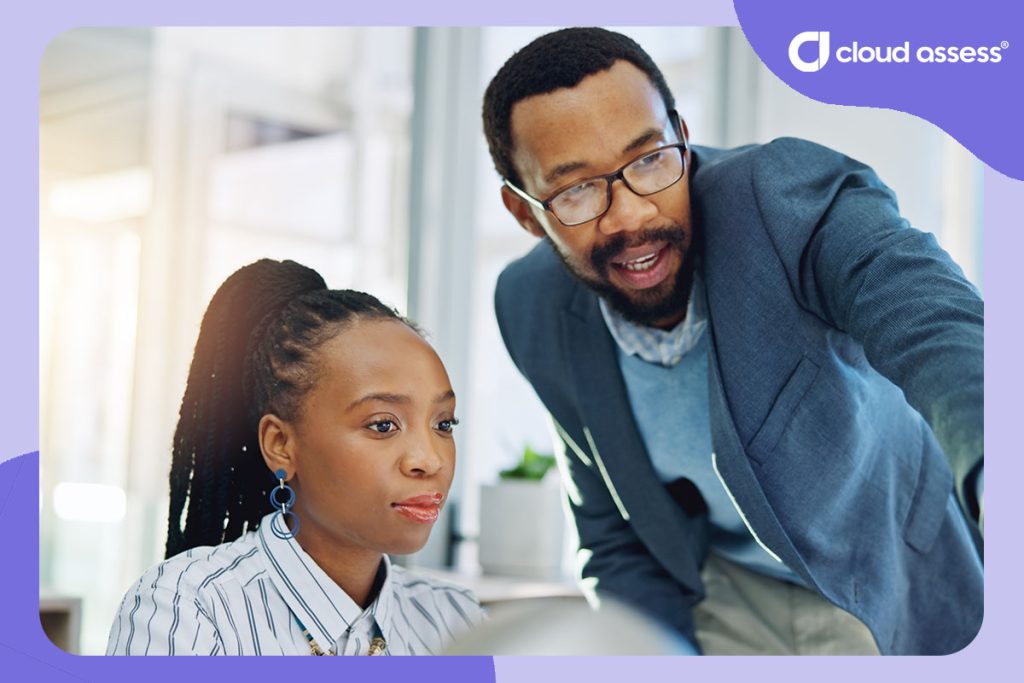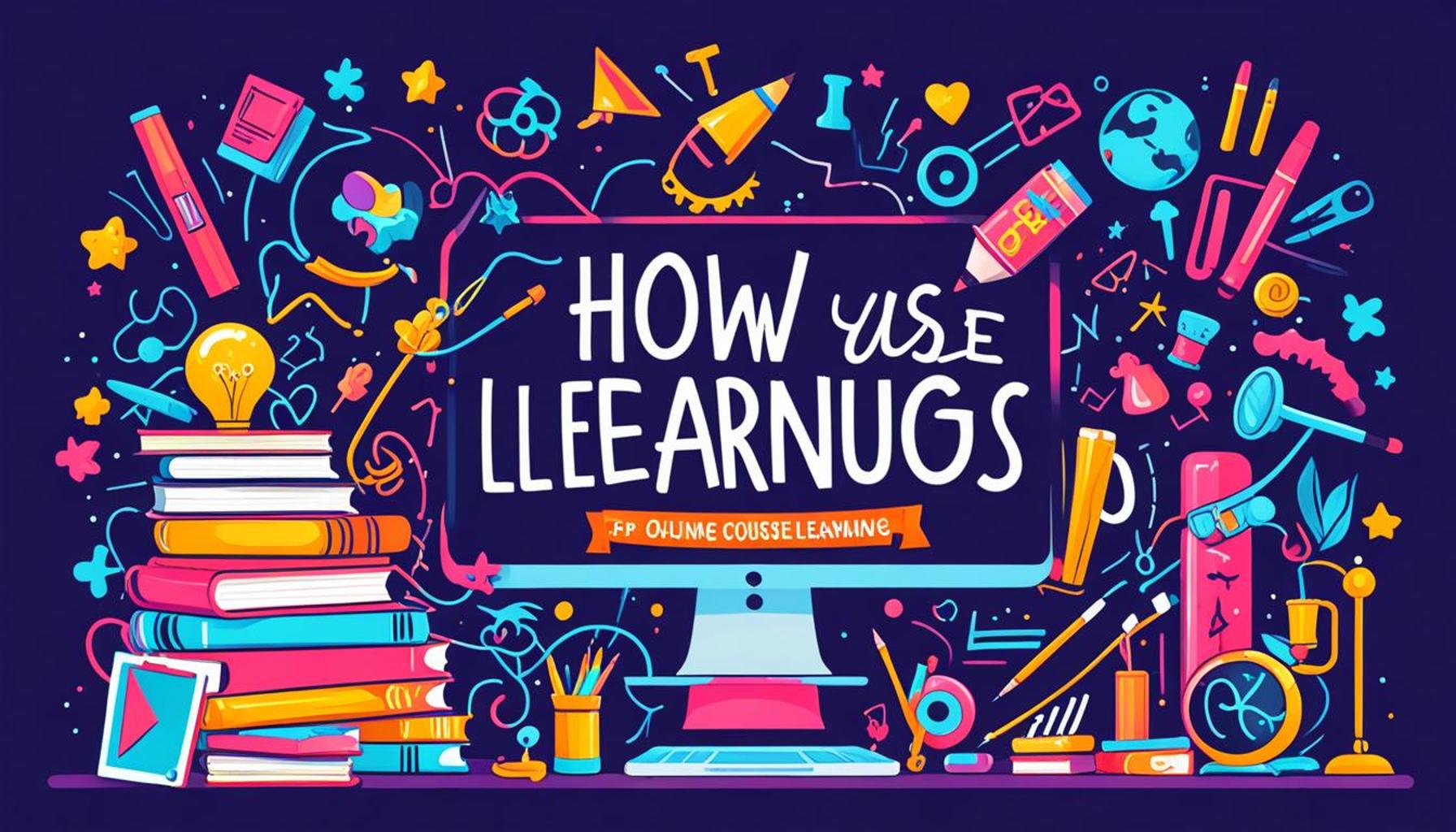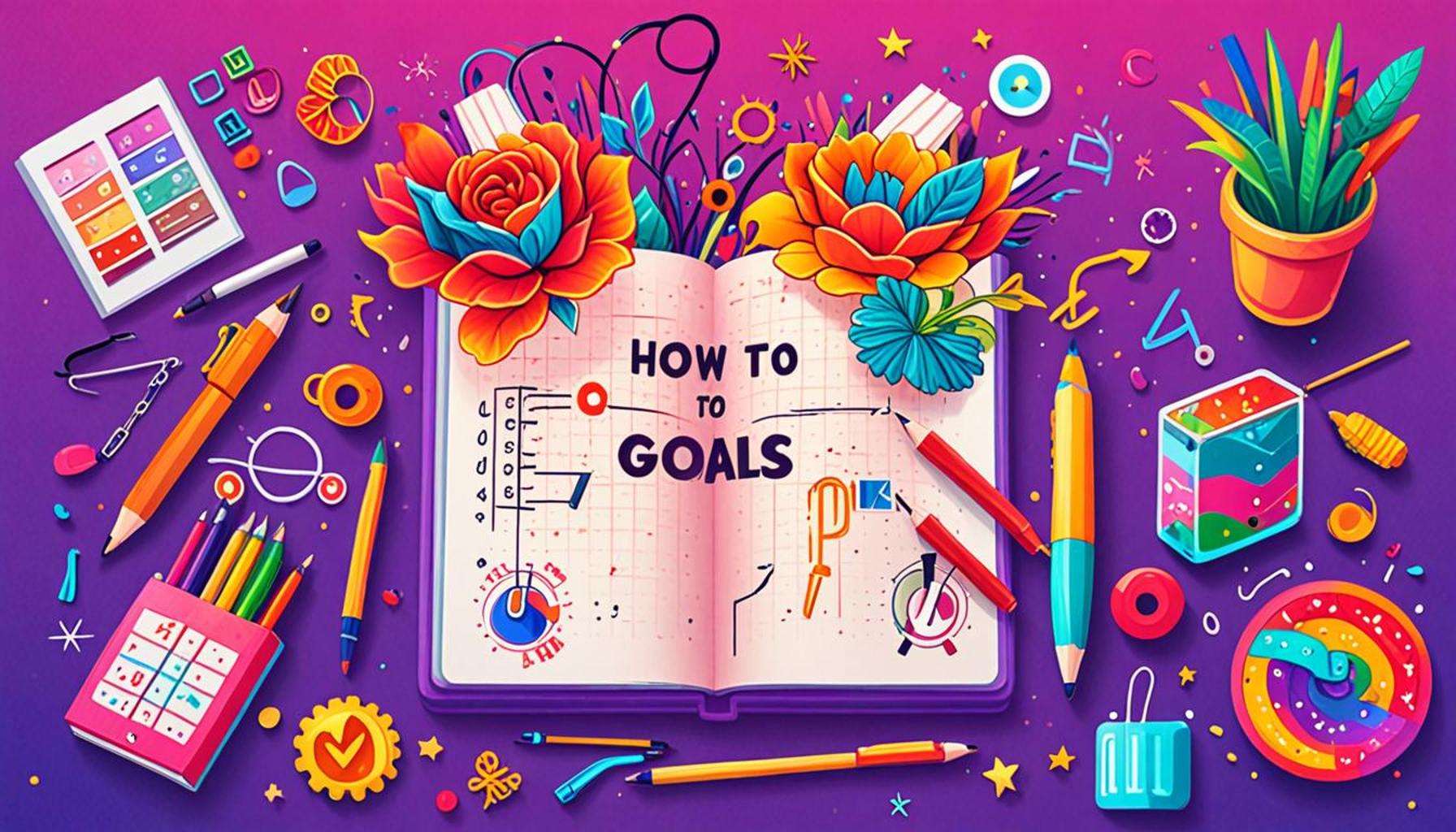How to Create a Custom Continuous Learning Plan for Growth

Unlocking the Power of Continuous Learning
In today’s fast-paced world, continuous learning has transitioned from a luxury to a necessity. Those who embrace this journey tend to thrive, adapt, and outpace their peers. Creating a customized learning plan tailored to individual needs and aspirations is essential for maximizing growth.
The Significance of a Personalized Approach
A one-size-fits-all model is rarely effective in learning. Personalized plans allow for:
- Focused Skill Development: Targeting specific areas of improvement
- Increased Engagement: Learning becomes more relevant and stimulating
- Measurable Progress: Setting clear milestones to track achievements
Your Path to Success
As we delve into the nuances of a custom learning plan, we will also present our Top 5 strategies for effective continuous learning. Each step is a building block toward enhancing your mentalidade and empowering your growth journey. Stay tuned to discover how to carve out your unique path to lifelong learning!
LEARN MORE: This related article may interest you
Top 5: How to Create a Personalized Continuous Learning Plan
In today’s fast-paced world, staying updated with the latest knowledge and skills is more crucial than ever. As advancements in technology, science, and society happen at breakneck speed, it is essential for professionals and learners to keep evolving. The key to thriving in such an environment lies in embracing the concept of continuous learning. By creating a personalized continuous learning plan, you can ensure that your growth trajectory aligns with your personal and professional goals. In this article, we delve into the top five strategies to design an individualized approach that not only caters to your unique learning style but also adapts to your dynamic ambitions.

5. Identifying Your Learning Style
Your journey towards crafting an effective personalized learning plan begins with understanding your learning style. This self-awareness can dictate the ease and effectiveness with which you absorb new information. Generally, learning styles can be categorized into three primary types:
- Visual Learners: Individuals in this category often excel when they can engage with material visually. Diagrams, charts, maps, and videos are particularly beneficial as they allow visual learners to conceptualize complex ideas.
- Auditory Learners: These learners find that information is best processed through listening. Whether it’s through lectures, discussions, or even podcasts, auditory inputs facilitate their understanding and retention of information.
- Kinesthetic Learners: Kinesthetic learners thrive through hands-on experience. Engaging in practical activities, experiments, or real-world application enhances their ability to learn and remember new concepts.
By identifying your predominant learning style, you enable yourself to curate resources and strategies that resonate with you. This self-discovery not only makes learning more enjoyable but also significantly boosts information retention by aligning your methods with natural preferences.
4. Setting Clear, Achievable Goals
Establishing clear, strategic goals is akin to charting a map for your learning journey. Without them, you risk wandering aimlessly, which can thwart progress and diminish motivation. Effective goals not only clarify your intentions but also aid in measuring progress over time. The SMART criteria are essential in goal-setting:
- Specific: Vague goals lead nowhere. Define exactly what you want to achieve (e.g., master playing the piano).
- Measurable: If you can’t measure it, you can’t manage it. Determine how you’ll assess your progress (e.g., perform one song proficiently).
- Achievable: While ambition is good, be realistic about your capabilities and constraints.
- Relevant: Ensure that your goals align with your broader personal or professional aspirations.
- Time-bound: Attach timelines to your goals to foster urgency and dedication (e.g., achieve goal by the end of the year).
By crafting goals that are clear and attainable, you create a structured learning pathway, allowing for checkpoints to review and celebrate achievements, thus maintaining motivation and focus.
3. Selecting Appropriate Resources
With clarity of purpose and understanding of your learning style, the next step is to gather a diverse array of resources tailored to your objectives and preferences. Identifying quality resources ensures your learning is supported by accurate and effective content. Consider these channels:
- Online Platforms: Massive Open Online Courses (MOOCs) like Coursera, edX, and Udemy are treasure troves of structured courses designed by leading institutions and educators worldwide.
- Books and Articles: Dive deep into subjects through books and articles. These provide in-depth exploration and expert insights on a wide range of topics.
- Podcasts: An excellent medium for auditory learners, podcasts allow you to explore topics hands-free, making them perfect for multitasking or commutes.
- Mentorship and Communities: Engage with mentors who can provide guidance and communities where you can share knowledge, collaborate, and build networking connections.
When resources align with your goals and learning styles, they not only enhance your understanding but also infuse enjoyment and inspiration into the learning process.
2. Establishing a Routine
Consistency is the cornerstone of sustainable learning. Once your strategies and resources are set, integrate learning into your daily schedule. Establishing a routine minimizes decision fatigue and fosters discipline, making it easier to maintain momentum. Consider employing techniques like the Pomodoro Technique, wherein focused learning intervals are interspersed with short breaks—this not only boosts productivity but also maintains cognitive freshness. Here are some ways to incorporate routine:
- Designate Specific Study Times: Identify slots during your day when you are most alert and focused, making sure they are consistent.
- Outdoor Learning: Sometimes, a change of environment can renew interest and motivation—consider learning in parks or cafés.
- Study Groups: Connect with fellow learners who can provide additional insights and motivation.
Embedding learning as a regular habit not only enriches your knowledge base but also seamlessly integrates new skills into your everyday life.
1. Reflecting and Adapting Your Plan
Just as important as the initial steps in your learning journey is the practice of regular reflection and adaptation. Effective learning is dynamic: as you progress, your interests and goals may evolve. Cultivating a habit of reflection ensures that you remain engaged and aligned with your objectives. Here are some tactics to keep your plan adaptive:
- Maintain a Learning Journal: Regularly document what you’ve learned, the challenges faced, and areas for improvement. It can also serve as a motivator as you visually track progress.
- Evaluate Resources: Periodically assess the effectiveness and relevance of your learning materials. Are they fulfilling your needs, or do you need to explore alternatives?
- Solicit Feedback: Engaging feedback from peers or mentors can offer new perspectives and enhance your growth.
By continuously reflecting and adapting, you nurture a lifelong learning mindset that not only maximizes knowledge acquisition but also prepares you to navigate and excel in an ever-changing world.
In essence, creating a personalized continuous learning plan is a holistic approach that not only refines your skill set but also empowers you to remain resilient and competitive in a rapidly evolving global landscape. Whether you are a student, a professional, or a lifelong learner, these strategies will guide you to tailor an educational journey uniquely suited to you, paving the way for both personal growth and professional triumphs.
| Category | Key Features |
|---|---|
| Personalization | Tailored Learning Experiences: A personalized learning plan adapts to your individual learning style, preferences, and pace, making the experience more effective. |
| Flexibility | Adaptable Schedule: This approach allows learners to adjust their study timetable around personal and professional commitments, enhancing commitment and reducing stress. |
| Goal Setting | Defined Objectives: Setting clear, achievable goals empowers learners to take ownership of their education, providing motivation and a sense of accomplishment as they meet targets. |
| Resource Optimization | Efficient Use of Tools: Custom plans enable learners to select the most suitable resources, be it online courses, books, or workshops, thereby maximizing learning outcomes. |
Engaging in the process of creating a personalized continuous learning plan not only enhances the overall educational experience, but also significantly influences productivity and retention of knowledge. Through personalization, learners can connect with the material in a way that resonates with their unique cognitive processes, allowing for deeper understanding and long-term retention of information.Moreover, the flexibility inherent in such plans ensures that the learning process remains adaptable to life’s unpredictable nature. Whether it’s shifting work demands or personal commitments, this adaptability encourages learners to persist rather than abandon their educational pursuits. Research indicates a strong correlation between the ability to customize learning paths and improved user satisfaction rates in educational settings.With goal setting as a cornerstone of personalized learning plans, each learner can chart their own course towards success. Establishing specific milestones not only cultivates a sense of achievement but also provides tangible metrics to track progress. This approach aligns well with the contemporary emphasis on metric-driven development, especially in professional contexts where Continuous Professional Development (CPD) is crucial.Additionally, optimizing resources within a personalized learning plan means carefully selecting tools and materials that best fit individual needs and goals. This targeted approach can prevent the overwhelming sensation that often accompanies a plethora of available resources, enabling learners to focus on what truly works for them. By harnessing technology’s vast potential—such as online learning platforms and interactive tools—learners can curate a rich, engaging educational portfolio that aligns with their aspirations and learning rhythms.
CHECK OUT: Click here to explore more
Frequently Asked Questions about Creating a Personalized Continuous Learning Plan
What is a personalized continuous learning plan?
A personalized continuous learning plan is a strategic approach that tailors your learning activities and goals to fit your unique interests, career objectives, and learning style. Unlike one-size-fits-all educational programs, this kind of plan prioritizes the learner’s requirements and pace. It involves identifying key skills you need to develop, setting achievable goals, and choosing resources that align with your personal preferences. Such an approach can significantly enhance motivation and efficiency, as you are more engaged and invested in subjects that intrigue you.
How do I begin creating my personalized learning plan?
Starting a personalized learning plan requires a self-assessment to determine your current skills, strengths, areas for improvement, and goals. Begin by asking yourself what you are passionate about and where you see yourself in the future. Outline a list of specific skills you need to acquire and prioritize them. Research different learning formats that appeal to you, such as online courses, workshops, or mentorships. Leverage resources like educational platforms and professional networks to gather learning materials. Most importantly, set measurable milestones along the way to track progress and adjust your plan as needed.
How do I stay motivated on my continuous learning journey?
Maintaining motivation entails integrating learning into your daily routine and celebrating small victories to reinforce your efforts. Establish a schedule that designates consistent time slots dedicated to learning. Choose topics that genuinely interest you and diversify your learning methods to keep things exciting. Connecting with others who share your interests can also provide support and inspiration. Additionally, consider rewarding yourself for achieving specific milestones, which can reinforce positive behavior and encourage you to continue progressing.
What resources are essential for a successful learning plan?
To ensure the success of a learning plan, access to diverse and high-quality resources is crucial. This may include online platforms like Coursera and Udemy, which offer vast libraries of courses covering various topics. Books, academic journals, and podcasts are excellent for deepening your knowledge. Furthermore, joining learning communities and forums can provide valuable insights and feedback. Remember, the best resources are those that align with your learning style and objectives, so evaluate and select them according to your specific needs.
How can I measure the success of my learning plan?
Evaluating the success of your learning plan involves a regular review of the goals you set at the beginning. Consider if you have improved in the identified skill areas. Are you applying new knowledge effectively in real-world scenarios? Feedback from peers or mentors can also shed light on your progress. Utilize progress tracking tools to keep tabs on your achievements and areas that need improvement. Remember, a successful learning plan is not static; it evolves as you grow and as your interests and professional demands change over time.
YOU MAY ALSO LIKE: Read this other article
Conclusion: Crafting Your Personalized Continuous Learning Plan
Developing a personalized continuous learning plan is a pivotal strategy in today’s fast-evolving world. This approach empowers individuals to tailor their educational journey, ensuring both personal relevance and professional competitiveness. By focusing on self-assessment and identifying your unique learning drivers, you can establish a strong foundation for effective educational growth.
One central takeaway is the significance of setting clear and attainable goals. These objectives act as milestones, providing direction and measuring progress. Coupling goals with a carefully chosen method of learning, whether through traditional courses, online platforms, or experiential learning, enhances the learning experience. Customizing the path means aligning resources and techniques with personal preferences and lifestyle, which not only sustains motivation but also increases retention of knowledge.
Moreover, maintaining an adaptable mindset is crucial. The concept of lifelong learning necessitates an openness to change and the ability to refine one’s learning strategies. Regularly reviewing and reassessing your plan allows incorporation of new interests and technological advancements, keeping your learning process dynamic and up-to-date.
Ultimately, a personalized continuous learning plan is more than an educational tool; it fosters a growth mindset essential for both personal development and career progression. Embracing the principles of continuous learning prepares you to thrive in an unpredictable world. Such a plan not only enriches your knowledge base but also equips you with the skills to adapt and innovate, leading to a more fulfilled and proactive approach to life’s ever-changing challenges.
As we navigate through the overwhelming sea of information and opportunities, a tailored learning framework becomes an invaluable compass. This encourages the proactive pursuit of knowledge, demonstrating that learning is not merely an obligation, but a lifelong journey of curiosity and self-improvement.


